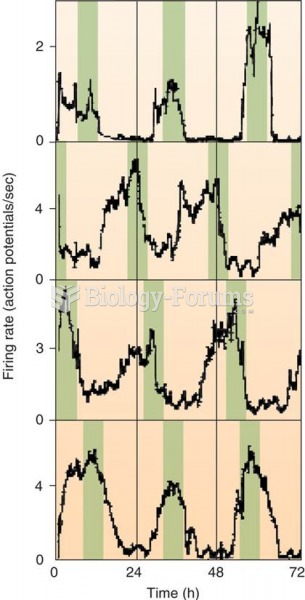Answer to Question 1
Fasting and constant malnutrition lower the metabolic rate because of the loss of lean tissue and the slowdown of activities the body can't afford to support fully. This slowing of metabolism seems to be a protective mechanism to conserve energy when there is a shortage, and it hampers weight loss in a person who fasts or undertakes a very low-calorie diet.
Answer to Question 2
Underwater weighing is a measure of density and volume; the less a person weighs underwater compared to the person's out-of water weight, the greater the proportion of body fat (fat is less dense or more buoyant than lean tissue).
One very accurate way of measuring body fatness is to obtain a measure of the body's densitythat is, weight divided by volume. Lean tissue is denser than fat tissue. Weight is easy enough; just step on an accurate scale. To calculate body density, though, you have to immerse the whole body in a tank of water and measure the amount of water displaced. This procedure is known as hydrostatic weighing or underwater weighing.
A skinfold test is a method for measuring body fat in which the thickness of a fold of skin on the back of the arm (the triceps), below the shoulder blade (subscapular), or in other areas is measured with an instrument called a caliper.
About 50 percent of the body's fat lies beneath the skin, and its thickness at these locations can be compared with standard tables to give a fair approximation of total body fat, at least for most people.
Bioelectrical impedance testing provides an estimation of body fat content by measuring how quickly electrical current is conducted through the body.
Electrodes are attached to a person's hand and foot. This method measures a person's fat by measuring how fast a slight electrical current is conducted through the body (from the ankle to the wrist). Because fat is a poor conductor of electricity, the more fat one has, the more resistance this current encounters in the body







